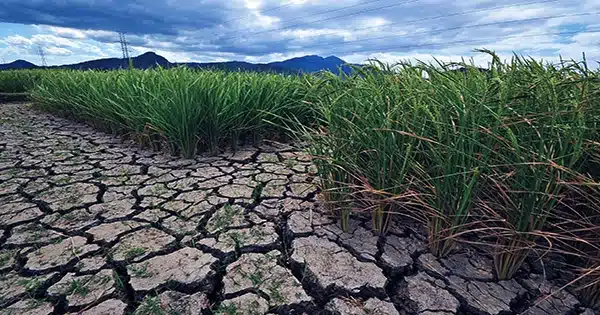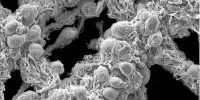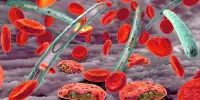Recent research has revealed the adaptability of certain soil microbes to growing drought conditions. While many bacteria go dormant during dry seasons, certain types survive and even thrive.
This research, done by the University of Vienna’s Centre for Microbiology and Environmental Systems Science (CeMESS), provides groundbreaking insights into bacterial activity during drought periods, with implications for agriculture and our knowledge of climate change impacts. The findings were published in the prestigious scientific journal Nature Communications.
Images of the dry Po Valley in 2022, as well as this year’s forest fires in Greece, highlight the realities of extreme droughts, not just as news headlines, but as actual hazards. Crop failures, withering meadows, and water rationing are all visible consequences for humans and plant life. The impact of dryness on soil microorganisms, on the other hand, is invisible to the naked sight.

Microorganisms in soil play an important function in ecosystems. They influence climate change trajectories by contributing to soil fertility, assisting plants in nutrient absorption, and determining whether soils store or release CO2. To date, assessing the activity of microorganisms in dry soils and determining which species are still active has been difficult. Bacterial activity during drought periods may now be monitored thanks to a novel approach developed by scientists at the University of Vienna.
A new technique measures bacterial activity using water vapor: Soil samples from the “ClimGrass” climate change experiment in Styria were incubated with isotopically labeled water vapor for the study, which was just published in “Nature Communications”. Without adding liquid water to the soil, the bacteria were still able to proliferate to some extent because they absorbed the oxygen from the water vapor into their DNA.
“As dryness increased, the majority of germs went dormant. Dennis Metze, PhD student and study’s lead author, adds that this wasn’t true for all microbial species. Furthermore, whether the soils had already been exposed to current or future climatic circumstances, such as increased temperatures and CO2 concentrations, had an impact on bacterial development during drought.
In the future, microbial populations may grow more drought-resilient: The “ClimGrass” experiment in the heart of Styria gives a vivid image of the future. 54 experimental plots are used to simulate the world of tomorrow. Infrared heaters raise temperatures to levels projected in future climatic scenarios, while mini-face systems control CO2 concentrations in the atmosphere. Automated rainout shelters simulate severe summer drought periods, providing a concrete picture of the threats to our ecosystems.
“Simulating future climate conditions actually resulted in more bacteria remaining active despite the drought,” Andreas Richter, professor of ecosystem research and CeMESS director, explains. “Under these simulated conditions, more drought-tolerant species were able to establish.” A drought-resistant Streptomyces bacterium grew more common in dry soils, accounting for a large fraction of total bacterial activity.
This bacterium’s filamentous development may allow it to span unconnected pore spaces in drought-stricken soils, allowing it to receive water and nutrients from distant sources. Previous research has suggested that such microorganisms could help plants deal with drought.
The study’s findings provide crucial insights into the resilience and flexibility of soil microorganisms in the face of increased droughts caused by climate change. Understanding the behavior of these microscopic organisms is critical for both our ecosystems and agricultural sectors since they play a significant role in maintaining soil fertility, assisting plant growth, and controlling carbon sequestration.
As the globe grapples with the issues of climate change, food security, and ecosystem balance, research like this opens the way for educated measures to protect the health of our planet and its inhabitants.
















